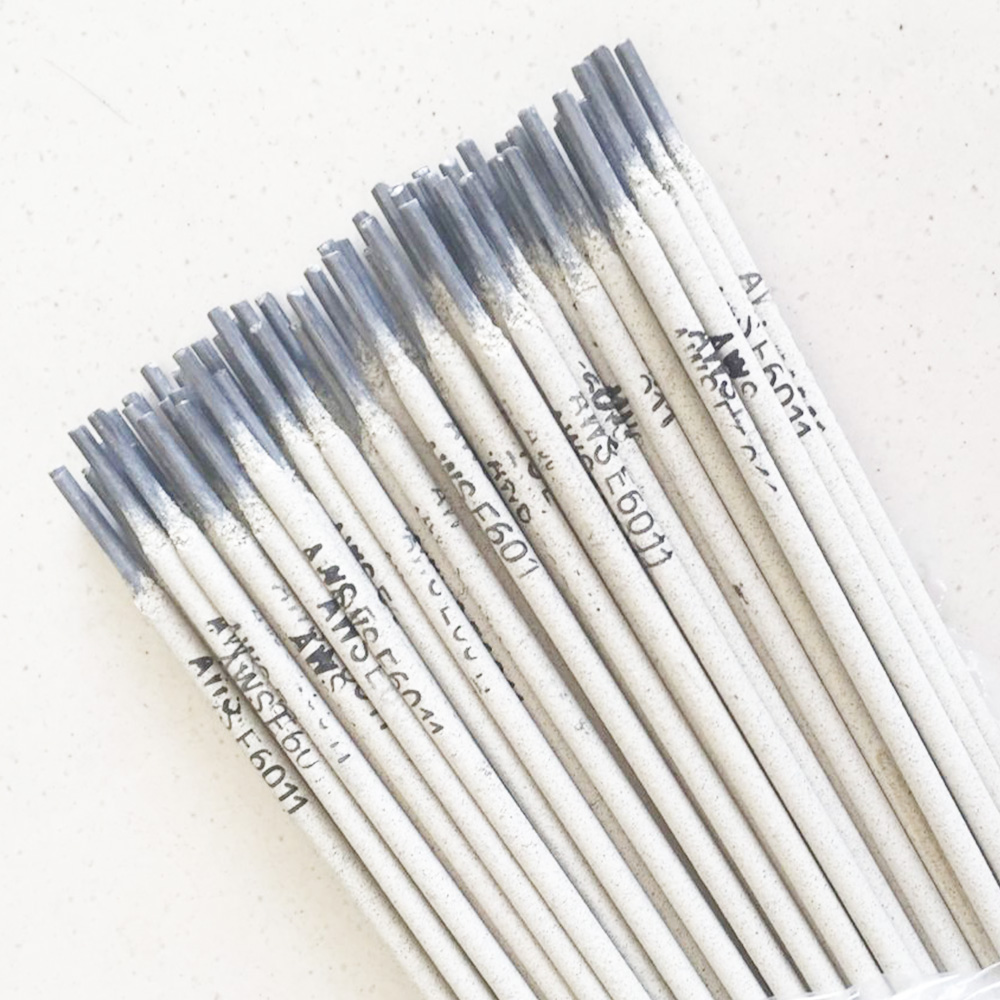stick mig and tig welding factory
Stick, MIG, and TIG Welding Understanding Techniques and Their Applications in Factories
Welding is an essential manufacturing process that joins materials, typically metals, through the application of heat, pressure, or both. In modern factories, effective welding techniques are crucial for producing high-quality products across various industries. Among the most utilized welding methods are Stick welding, MIG (Metal Inert Gas) welding, and TIG (Tungsten Inert Gas) welding. Each technique has its unique characteristics, advantages, and suitable applications, making understanding them vital for factory operations.
Stick Welding
Stick welding, also known as Shielded Metal Arc Welding (SMAW), is a versatile and widely-used method. It involves the use of a consumable electrode coated in flux. The process generates an arc between the electrode and the workpiece, melting both the electrode and the workpiece to form a weld pool. The flux coating provides a protective gas shield to prevent contamination from atmospheric gases, ensuring a strong, clean weld.
One of the primary benefits of stick welding is its simplicity and portability. It requires minimal equipment, allowing it to be performed in a variety of environments, including outdoor and remote areas. Stick welding works effectively on thick materials and is suitable for different types of metals, including steel and iron. This technique is often employed in construction, repair work, and heavy manufacturing industries due to its adaptability.
However, stick welding does have its limitations, particularly regarding speed and precision. The process can be slower than other welding methods, and the weld appearance may not be as neat. Despite this, the robustness and reliability of stick welding make it an enduring choice in many factory settings.
MIG Welding
MIG welding, or Gas Metal Arc Welding (GMAW), is a semi-automatic or automatic welding process that uses a continuous solid wire electrode fed through a welding gun. A shielding gas, typically argon or a mixture of gases, is concurrently fed through the gun to protect the molten weld pool from contamination. MIG welding is favored for its speed and efficiency, making it ideal for high-production environments.
One of the standout features of MIG welding is its ability to produce clean and high-quality welds with minimal spatter, which significantly reduces post-weld cleanup time. This method is incredibly efficient when working with thin materials and is widely applicable across various industries, such as automotive manufacturing, aerospace, and fabrication shops.
stick mig and tig welding factory

Moreover, MIG welding is easier to learn compared to stick welding, making it an excellent option for novice welders. However, its reliance on shielding gas means that it is less effective in windy outdoor environments unless specific precautions are taken.
TIG Welding
TIG welding, or Gas Tungsten Arc Welding (GTAW), is known for its precision and control, allowing for high-quality welds on thin materials. This method involves a non-consumable tungsten electrode that produces the arc alongside a separate filler material that can be added manually. A shielding gas, usually argon, is used to protect the weld area from oxidation.
TIG welding’s key advantage lies in its ability to create aesthetically pleasing and high-integrity welds with minimal contamination. It excels in applications requiring precise control, such as in aerospace, pharmaceuticals, and high-end automotive sectors. Though it can be a more challenging technique to master, the results are highly valued in applications where strength and appearance are paramount.
On the downside, TIG welding is typically slower than both stick and MIG welding. The requirement for a high level of skill can also limit its use to more experienced welders, making it less advantageous in high-volume production scenarios.
Conclusion
In conclusion, the choice of welding technique in a factory setting depends heavily on the specific applications, materials being used, and production goals. Stick welding is prized for its versatility and robustness, making it suitable for heavy-duty applications. MIG welding, with its speed and clean results, is ideal for high-volume production, while TIG welding is valued for its precision and quality in specialized fields.
Understanding the strengths and weaknesses of each technique allows factory operators to make informed decisions, ensuring high-quality outputs that meet industry standards. As technology continues to advance, the integration and development of these welding methods will play a fundamental role in shaping the future of manufacturing.
-
Factory Supply Cast Iron Welding Rods AWS ENi-CI High StrengthNewsJul.24,2025
-
Premium 7018 Welding Rods Electrodes for Strong WeldsNewsJul.23,2025
-
E71T-1 Shielding Gas for Gas Shielded Cored Wire Welding SolutionsNewsJul.22,2025
-
Premium Submerged Arc Welding Wire | Efficient Quality SolutionNewsJul.21,2025
-
Premium Solid MIG Welding Wire - Strong, Low-Spatter WeldsNewsJul.21,2025
-
E71T-GS Self-Shielding Welding Wire | Gasless Outdoor UseNewsJul.20,2025


